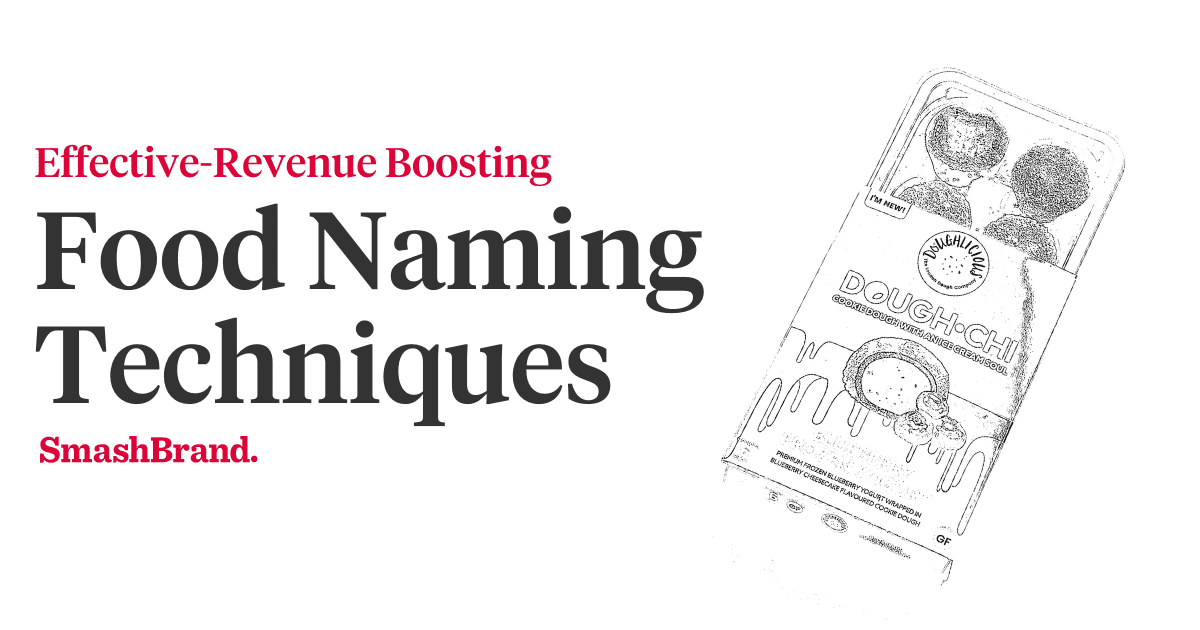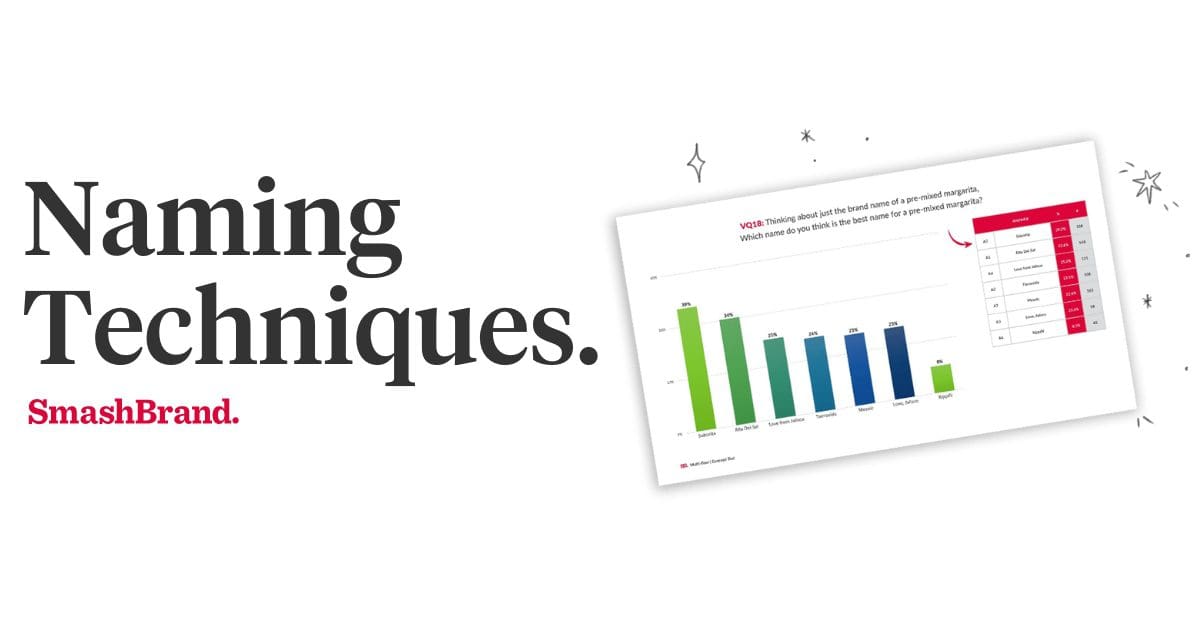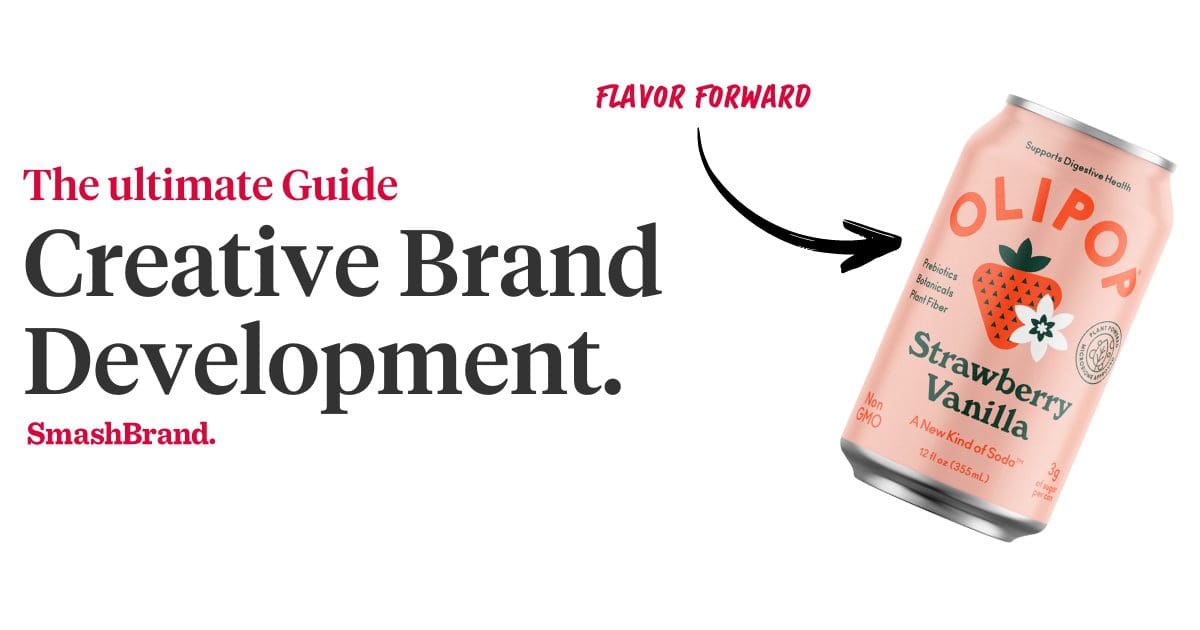Listen to This Article

First of all, congratulations that your product line has become successful enough to merit international branding strategies! Secondly, your entire enterprise is in danger of collapsing if you proceed improperly. No pressure.
You might want to suffuse a bit of international flair and sophistication into your brand for the purpose of making it attractive to foreign markets. Of course, if you try to appeal to a different culture by attempting to make your product more or less of that culture, you’d be running the risk of competing with products and brands that already have a firm grasp of what the population demands. Moreover, the public can smell a fraud. Your label can be as regionally authentic as you want it to be, but if you don’t know that the local tastes lean more towards Buko Juice than 5-hour Energy, your drink design strategies will be for naught.
If you’re considering modifying your drink design and/or food label design for the purpose of marketing to an international demographic, here are a few things that might make your product multi-culturally attractive.
Get your Hands on the SmashReport!
And enter to win a FREE brand diagnosis worth $20,000.
*The SmashReport is a monthly newsletter for FMCG and CPG brands, helping them stand out in the competitive retail marketplace.
1. Play up the cultural connection between regions.
If your product was conceived by a local community with immigrant roots, and those roots originated in the region to which you are now marketing, make the bond clear. For example, if your company was founded by Minnesota Norwegian Americans and your target market is Norway, then tie your history to contemporary Norwegian culture. You will make your product culturally relatable while remaining authentic to your brand identity.
2. Play up the history of your founding region.
People are interested in different local cultures. When we find a product that is unique to a particular region and its inhabitants, our curiosity is piqued. By giving your public a brief yet rich history lesson through your food label design, you make your product a window to a different and interesting way of life.
People don’t necessarily seek out foreign products that try to be identical to local products – why would we? If we want a real local delicacy, we’ll buy the real, local delicacy. If we want something exotic, we’ll buy the exotic product. When you make your humble origins clear, you enhance the exotic nature of your brand and seduce the public with your unique qualities. When you outline your company’s regional history, you give your brand a dose of authenticity that is so sought after by large corporate brands. Your product has a proud culture, and isn’t just a sterile and emotionless manufacturing firm.
3. Play up ingredients that are local to the target area.
If your product contains ingredients that are widely eaten in your target area’s region, make sure your label reflects that. You give the consumers something familiar to cling to, even while they try something undeniably foreign. Even the biggest American corporate juggernauts feature products that are common to the varying international communities.
4. Celebrate yourself!
Your region does your product better than any region in the country, and you want that known. We all know the best hot sauce comes from Louisiana; the best lobster rolls come from Maine; the best ice cream comes from Montana; and the best lutefisk comes from Madison, Minnesota (although there are some who would argue that there is no difference between good lutefisk and bad lutefisk).
Whenever you market a product or service, you want to play up the features that distinguish you from your competitors. Your exoticism is a great differentiator, and it is something you really should point out for international markets. The trick is marrying your foreign qualities to the region’s own culture, which can have the effect of creating an entirely new product; something completely different from what you previously envisioned, and which cannot be duplicated. At least… not until other brands flagrantly steal your idea and saturate the market, but that’s a whole ‘nother article.





